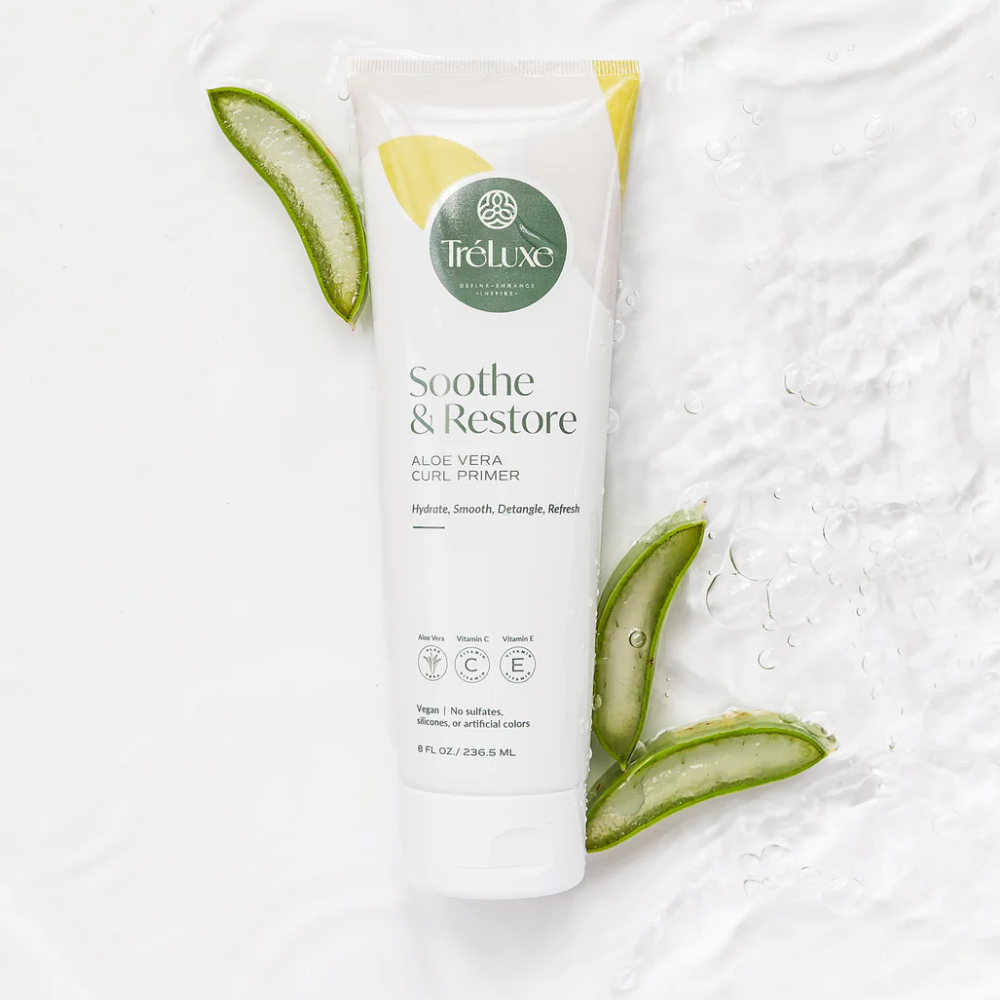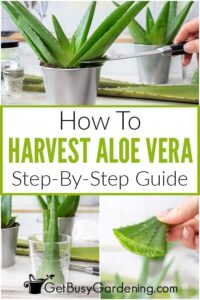Aloe vera is revered for its myriad health benefits, particularly in skincare and haircare routines. However, one prevalent issue that can affect both the aesthetics and health of the plant is curling leaves. Aloe vera leaves curling can be a symptom of several underlying problems, each requiring specific solutions. In this article, we will explore the causes of aloe vera leaf curling and provide practical solutions to restore your plant’s vitality.
Understanding the unique biology and environmental needs of aloe vera plants is essential in diagnosing the causes of leaf curling. Aloe vera typically thrives in conditions that mimic its native environment—arid and warm climates. Hence, any significant deviation from these conditions can lead to stress, causing curling leaves as an indicator of distress.
One of the primary reasons for this curling phenomenon lies in the field of hydration. Aloe vera is a succulent plant, meaning it stores water in its leaves. While proper watering is crucial, both overwatering and underwatering can summon leaf curling. When the plant receives too little moisture, the leaves tend to lose their plumpness and begin to curl as they attempt to conserve water. In contrast, overwatering can lead to root rot, diminishing the plant’s ability to absorb water and nutrients effectively, thus resulting in the same unwanted curling effect.
Additionally, the quality of the soil plays a significant role in the health of an aloe vera plant. Well-draining soil is paramount, as it prevents water from accumulating around the roots. If the soil retains too much moisture due to poor drainage, it can exacerbate the risks of overwatering, leading to leaf curling. Choosing a soil mix specifically designed for succulents—typically comprising sand, perlite, and organic matter—can mitigate this risk.
Environmental factors also contribute significantly to leaf curling. Aloe vera prefers bright, indirect sunlight. Exposure to direct, harsh sunlight can scorch the leaves, causing them to curl and become discolored. Conversely, insufficient light will lead the plant to stretch towards the light source, leading to weak and lanky growth with curled leaves as it remains in a stressed state.
Temperature fluctuations are another potential cause of curling. Aloe vera thrives in warm environments with temperatures ranging from 60°F to 75°F (15°C to 24°C). Exposing the plant to extreme cold or drafts can induce stress, causing the leaves to curl inward as a protective response. Similarly, excessive heat can lead to dehydration, triggering similar results.
Lastly, pests can also be a hidden cause of curling leaves. Common pests such as aphids, spider mites, and mealybugs can latch onto the leaves, draining sap and weakening the plant. As a defensive mechanism, aloe vera may curl its leaves, attempting to protect itself from further damage.
Upon identifying the potential causes of leaf curling in your aloe vera plant, it is imperative to implement effective remedies to restore its health.
First and foremost, assess your watering schedule. It is crucial to develop a routine that ensures the plant receives adequate hydration without overdoing it. The general rule is to allow the soil to dry out completely between watering sessions. A good practice is to check the soil moisture by inserting your finger about an inch deep. If it feels dry, it’s time for watering; if it retains moisture, postpone for a few days.
Next, ensure the soil possesses appropriate drainage. If the current soil is dense or retains moisture, consider repotting your aloe vera in a well-draining succulent mix. Hold off on adding excessive fertilizer, particularly nitrogen-rich options, as this can lead to an imbalance that exacerbates curling.
Enhancing the light conditions can also positively impact your aloe vera plant. If it appears to be stretching or has substantial curling, moving it to a location with bright, indirect sunlight may help revitalize its growth. Observe the plant closely for signs of sunburn—brown spots or scalded patches indicate too much direct light; adjust accordingly.
Temperature stability is critical. Ensure your aloe vera plant resides in a consistent environment, sheltered from drafts and extreme temperature changes. Maintaining an appropriate indoor temperature can mitigate curing issues related to environmental stress.
Pest control is essential for keeping your aloe healthy. Frequently inspect the leaves, especially the undersides, for pest infestations. If found, a gentle wash with water can remove most pests, while a neem oil solution can help combat heavier infestations. Always be cautious when applying treatments, as aloe vera is sensitive to harsh chemicals.
In conclusion, aloe vera leaf curling is a multifaceted issue often linked to improper watering, unsuitable soil, ineffective lighting, temperature shifts, or pest infestations. By adopting an informed approach and making thoughtful adjustments to care routines, it is entirely possible to return your succulent friend to optimal health, ensuring your aloe vera continues to thrive for years to come. Recognizing the signs of distress early and addressing them promptly is key to keeping this invaluable plant flourishing.





Leave a Comment